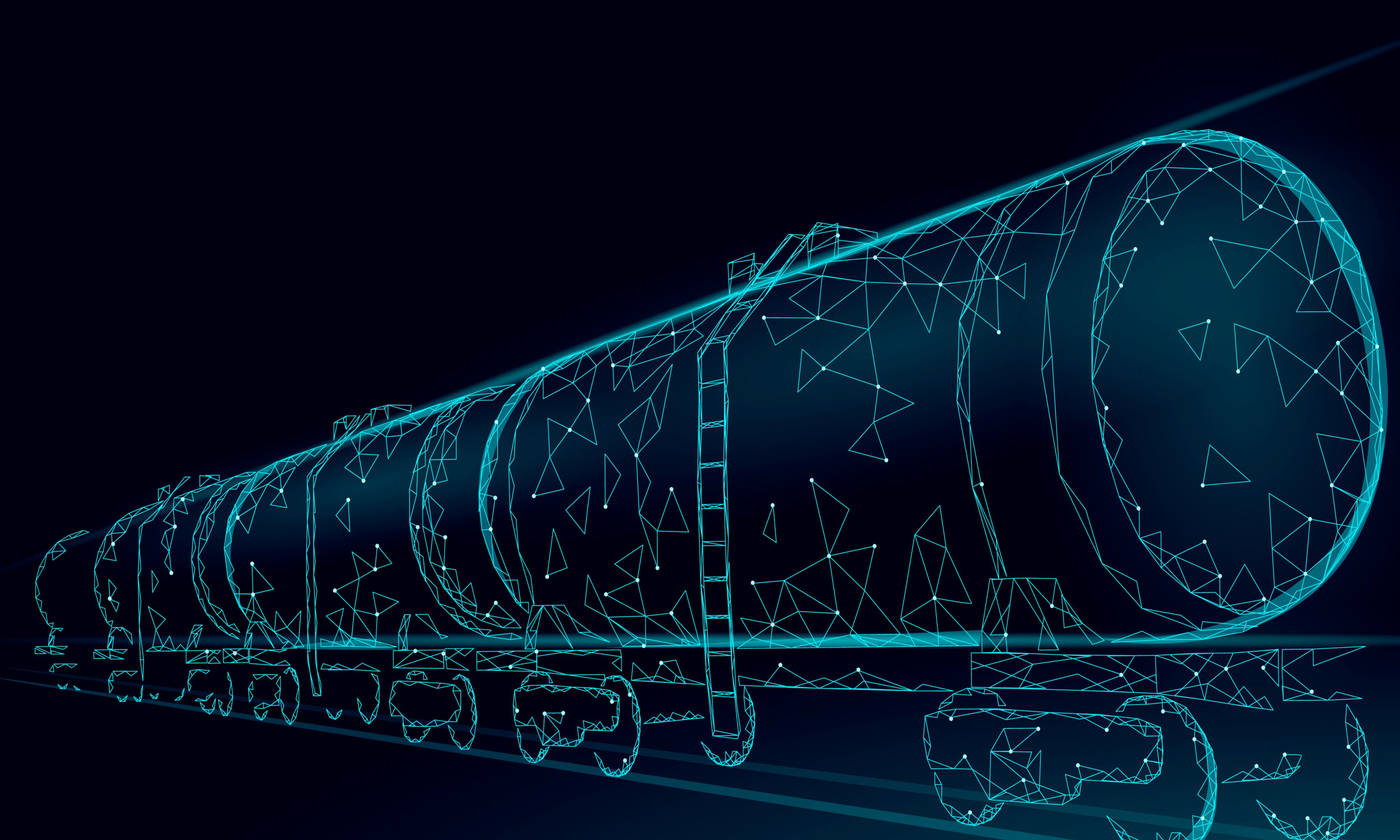Use piezoresistive sensors to monitor tank strains and damage

There are tremendous financial costs and hazards associated with pressure vessel failures. These risks can include damage to infrastructure, environmental cleanup, and loss of human life. Given these high costs, there is a critical need for the development of tank structural health monitoring methods that can detect excessive physical strains and damage to the vessel in real time. The data must be collected in a live and continuous manner so that the owners of the pressure vessel can be immediately warned of structural health changes to the tank while in-service.
MCET Technologies’ patented solution is to utilize distributed sensing skins based on networks of conductive nanostructured carbon that can monitor large areas in real time. Our approach utilizes a water-based, scalable manufacturing approach to deposit functionalized nanostructured carbon (often carbon nanotubes or CNT) onto a fabric carrier, which creates a backbone for a conducting network of carbon nanotubes. Our sensors are piezoresistive and can be directly applied to the component. These sensors can monitor deformation and structural damage on a real time basis and can continuously monitor cracks in structural steel members without shutdown time. As cracks form in the substrate, conductive pathways in the nanocarbon network are permanently severed. Because the sensor covers a large area, it is possible to capture both global deformations as well as distributed strain through localized electrical measurements of the sensing skin, which means that the MCET solution can potentially measure and monitor pressure, cracks and other damage for tanks and PVs in real time.
%20Final%20(2).png?width=670&height=375&name=M-CET%20_Logo(s)%20Final%20(2).png)